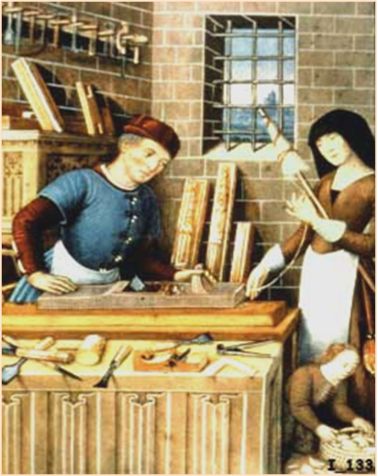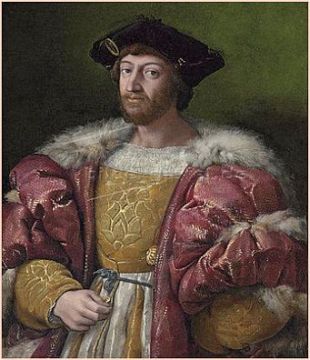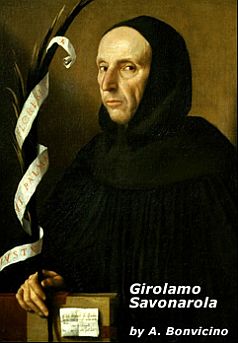SOCIETY
At the top of the social order in the Italian Renaissance were the old nobility and wealthy merchants, followed by a capitalist and banker class. After them were leaders of Craft Guilds who became a powerful force that catered to the wealthy classes. They honed and protected their skills through a hierarchy of apprentice, journeyman, and master. A less wealthy class of merchants and tradespeople were beneath this group with the poor and destitute at the bottom.
|
Craft Guilds
Venice flourished as a center of trade and the business of banking grew in cities throughout Italy. But it was Florence, which prospered through its lucrative textiles industry, that became a great center of the arts. There, rich merchants displayed their wealth and social status by patronizing literature, philosophy, science, art and architecture.
The wealthy also flaunted their success with splendid clothing and expensive homes, lavishly decorated and filled with gorgeous furnishings. They kept craftsmen and the guilds working to fill orders for ever more wonderful household goods.
In time, guilds became a a powerful and influencial force as they controlled business under their purview. Artists were also kept busy with commissions for sculptures, oil paintings, and family portraits.
From this group extraordinarily talented individuals would create masterpieces.
|

|
|
Among the most successful in Renaissance Italy were members of the Medici family. Their sons became powerful totalitarian rulers but they were challenged by a monk named Savanarola who spoke out against moral corruption in particular and the Renaissance in general. After a brief period of success, Savanarola was found guilty of treason and executed.
|
|

Lorenzo de'Medici
|

Savanarolla
|
return to top | previous page | next page